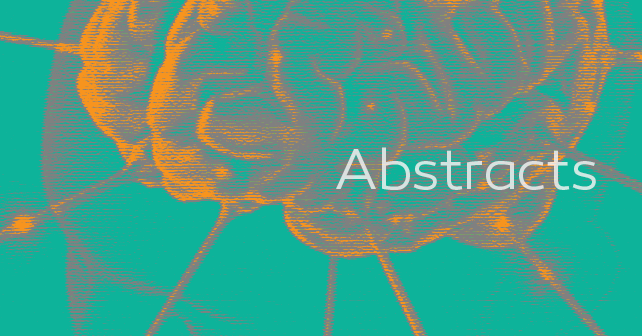Management and outcome of high-grade multicentric gliomas: a contemporary single-institution series and review of the literature.
Abstract
BACKGROUND:
Multicentric malignant gliomas are well-separated tumours in different lobes or hemispheres, without anatomical continuity between lesions. The purpose of this study was to explore the clinical features, the pathology and the outcome according to the management strategies in a consecutive series of patients treated at a single institution. In addition, an analysis of the existing literature is presented.
METHODS:
For the institutional analysis, a retrospective review of all patients who underwent treatment for multicentric gliomas in the last 7 years was performed. For the analysis of the literature, a MEDLINE search with no date limitations was accomplished for surgical treatment of multicentric malignant gliomas.
RESULTS:
Two hundred and thirty-nine patients with glioma were treated in our department. Eighteen patients (7.5 %) with a mean age of 64 years (age range, 37-78 years) presented multicentric malignant gliomas. Thirteen patients (72 %) underwent surgical resection of at least one lesion that was followed by adjuvant treatment in all but one case. Five patients (28 %) underwent stereotactic biopsy and thereafter received chemotherapy. A survival advantage was associated with resection of at least one lesion followed by adjuvant treatment (median overall survival 12 months) compared with 4 months for stereotactic biopsy followed by chemotherapy. Similar results were obtained from the review of the literature.
CONCLUSIONS:
Resection of at least one lesion seems to play a significant role in the management of selected patients with multicentric malignant gliomas. Multi-institutional studies on larger series are warranted to define how aggressively the patients with malignant multicentric gliomas should be treated.
PMID:24105045[PubMed – in process]http://www.ncbi.nlm.nih.gov/pubmed/24105045


